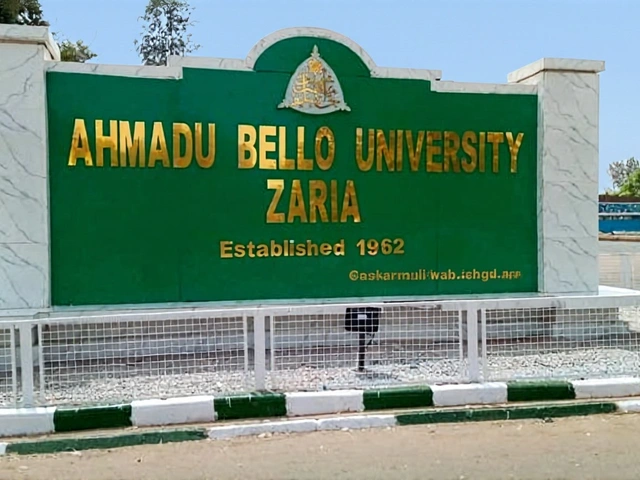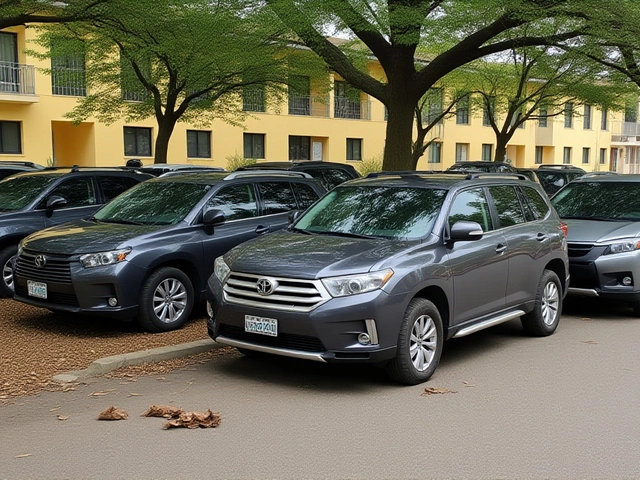
Bhole Baba’s Journey from Constable to Renowned Preacher
Suraj Pal, now widely known as Bhole Baba, started his life journey in the humble farmlands of Uttar Pradesh. Born into a farming family, Bhole Baba initially led a life no different from many others in rural India. His early career took a distinctly different path, leading him to serve as a police officer in the bustling city of Agra. His duty, however, took a sharp turn in the 1990s when he opted for early retirement. This decision marked the beginning of his new life as a preacher, which would eventually impact millions of lives.
Baba’s transition from a uniformed enforcer of the law to a spiritual guide was driven by what many believe to be a higher calling. In the years following his retirement, Baba worked tirelessly to build a following among those who felt left behind by mainstream society. His sermons touched the hearts of the economically disadvantaged and the socially disenfranchised, particularly among the Jatavs, a community that faced long-standing caste-based oppression.
Baba’s Growing Influence
Before the fateful stampede, Bhole Baba had already amassed a large following. His weekly sermons, held at a monastery in Mainpuri, Uttar Pradesh, attracted thousands of devotees, with a notable majority being women. His poignant messages and practical life advice connected deeply with his audience. Through teachings on living honestly, avoiding alcohol, and supporting women in domestic distress, Baba offered tangible hope and guidance that resonated with those struggling to navigate the challenges of daily life.
In the age of social media, Bhole Baba's reach extended far beyond the physical confines of the monastery. His prayer meetings and sermons garnered thousands of views online, further extending his influence. Most of his supporters came from marginalized backgrounds, seeking solace and solutions in the face of adversity through Baba’s teachings.
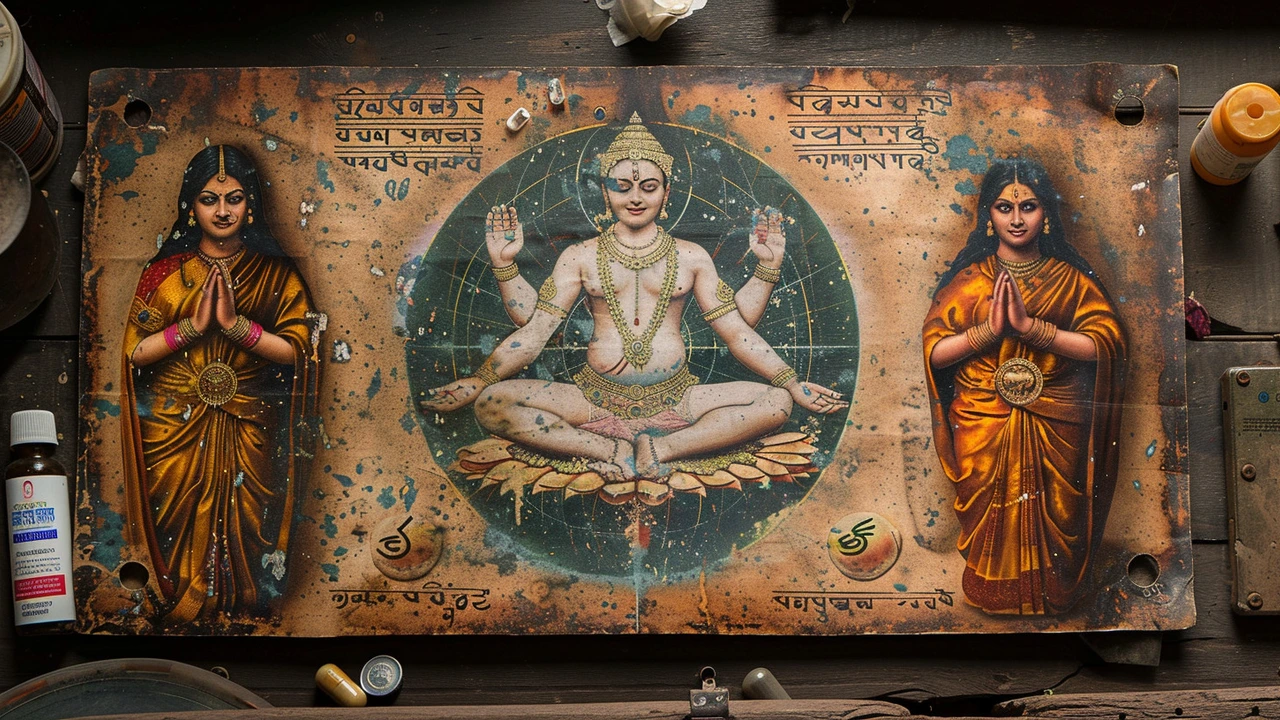
The Fateful Day in Hathras
The prayer meeting that ended in tragedy was set to be one of the largest gatherings Bhole Baba had ever addressed. Held near the northern city of Hathras, the event drew an overwhelming crowd of over 250,000 people. This staggering number of attendees was a testament to Baba’s profound influence and the desperation of people seeking spiritual relief and guidance.
As the event unfolded, the grounds became a sea of worshippers, each eager for a glimpse of the man they believed could transform their lives. What was supposed to be a solemn day of faith and enlightenment quickly turned into chaos. Panic surged through the crowd, creating a stampede that would leave more than 121 people dead. Details from the police report indicate that the sheer volume of attendees combined with inadequate crowd control measures contributed to the rapid escalation of events. Once the stampede began, it was impossible to bring the situation under control, leading to a tragic loss of life.
The Aftermath and Search for Bhole Baba
In the wake of the disaster, Bhole Baba’s whereabouts remain unknown. Authorities have launched a thorough investigation, which includes a manhunt for the preacher. Those in his inner circle and his devotees are left grappling with the shock and grief of the event. The stampede has raised critical questions about event management, crowd control, and the responsibilities of charismatic leaders who draw large gatherings.
The local administration faces scrutiny for allowing such a massive gathering without the necessary safety precautions. Families of the victims demand answers and justice for what they see as a preventable tragedy. The stampede has left a lasting impact on the community, especially the poor and marginalized groups that formed the bulk of Bhole Baba’s followers.
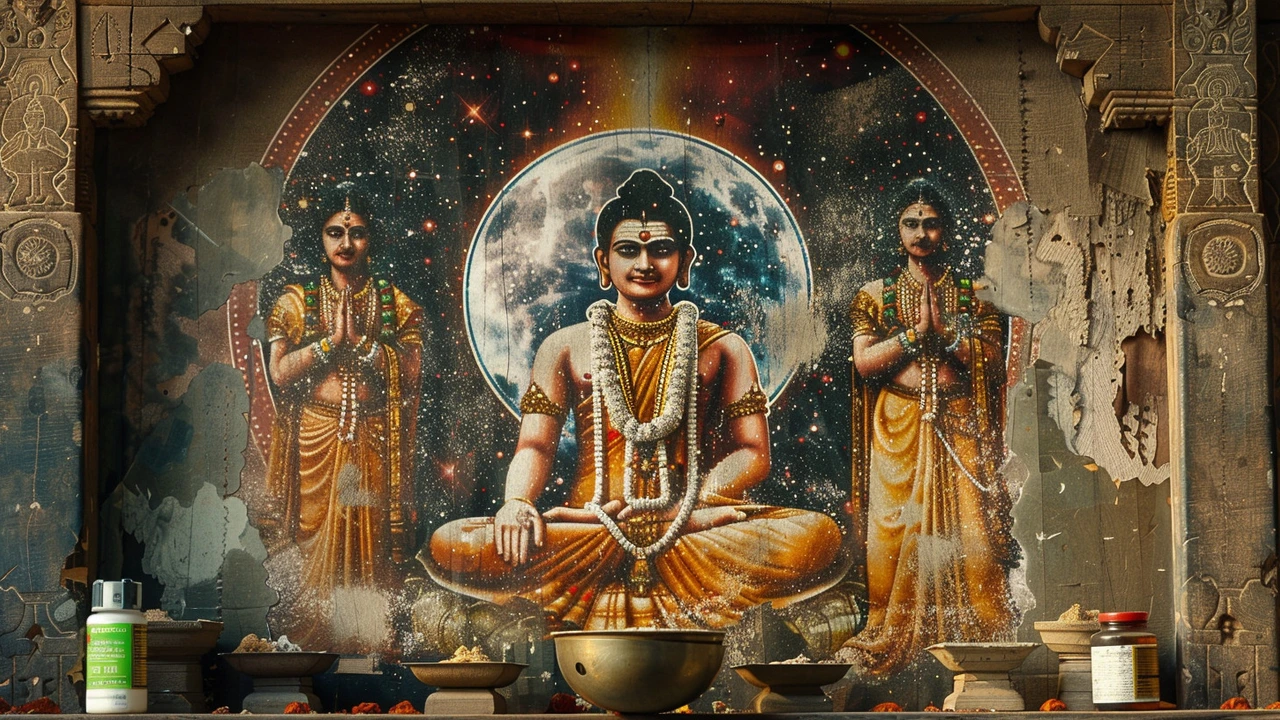
Understanding Bhole Baba’s Appeal
To understand the gravity of the impact Bhole Baba had, one must delve into the societal context within which he operated. Uttar Pradesh, like many parts of India, has a complex social fabric where caste and economic disparities create significant hurdles in people's lives. Many found in Baba a figure of hope and a voice of reason amidst their troubles.
Baba’s teachings against excessive alcohol consumption offered a practical remedy against the scourge of substance abuse that plagued many families. His advice to women facing domestic violence resonated in a land where such social issues are rampant and often go unaddressed. For many, Bhole Baba represented not just a preacher, but a beacon of moral guidance and support in their fight against the systemic problems they encountered daily.
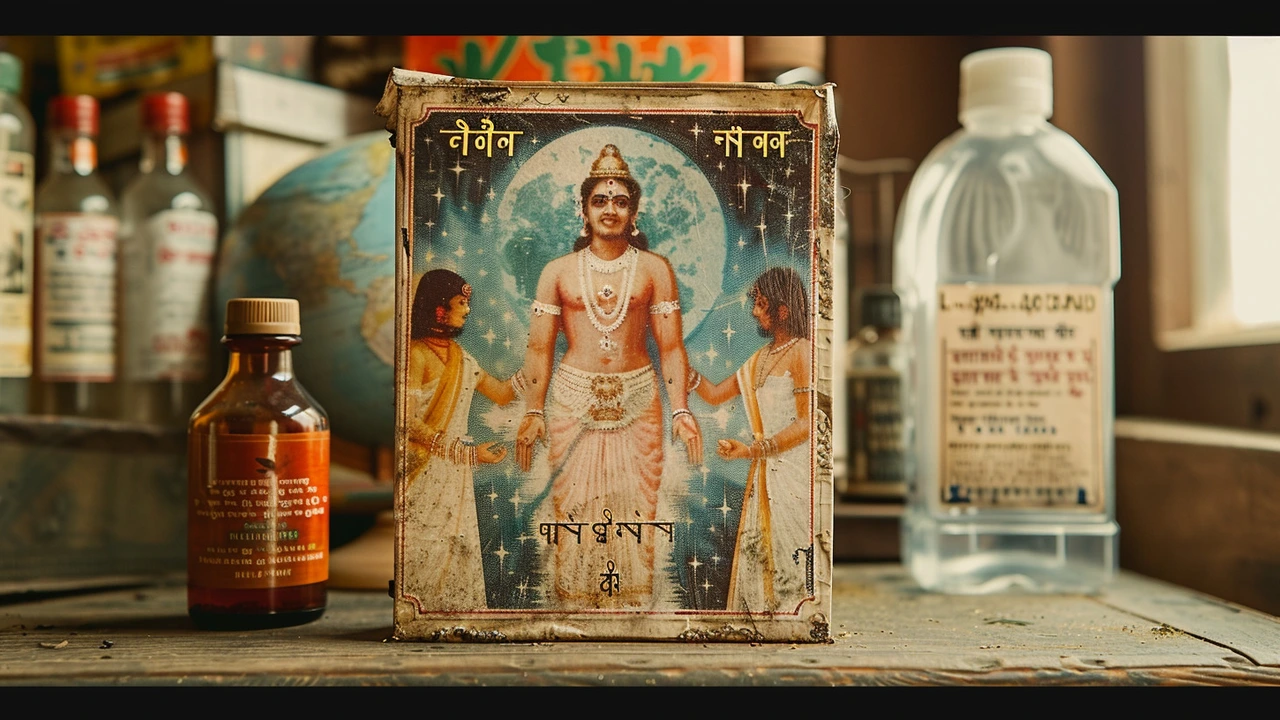
Public Reaction and Government Response
The public reaction to the stampede has been one of shock and sorrow. Vigils and impromptu memorials have sprung up across communities mourning the loss of loved ones. The incident has sparked a wider debate on the need for improved safety measures at large religious gatherings.
In response, the government has promised a complete overhaul of safety protocols for such events. There is a growing demand for stricter regulations and the presence of more trained personnel to manage crowds in the future. Figureheads across the political spectrum have expressed their condolences, but there is also a call for concrete actions to prevent such a disaster from recurring.
The Search for Bhole Baba Continues
Authorities continue their efforts to locate Bhole Baba. Whether he is in hiding or simply laying low amidst the mounting tension remains to be seen. For his followers, the future is uncertain. Many still cling to the hope and teachings he provided, while others are left questioning the chaotic events of that fateful day.
As the investigation progresses, one thing remains clear—the stampede has left an indelible mark on all those involved. The memory of that day will linger in the hearts and minds of the victims' families and the broader community for years to come. The fate of Bhole Baba, whether he emerges to address the tragedy or remains an enigmatic figure, will continue to be a subject of intense speculation and interest.

